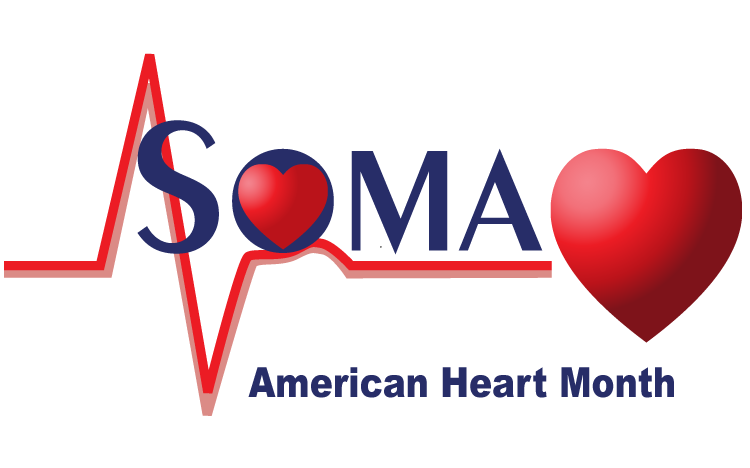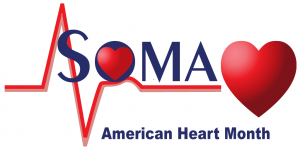February is American Heart Month
February 1, 2018
February is American Heart Month
February brings about many images to mind. Celebrations of February include, Black History Month, the continuance of winter, and Valentine’s Day. Valentine’s Day uses many images of love, flowers, and hearts; which makes it easy to associate that this is American Heart Month.
Primary Function of the Heart
The heart is designed to pump blood through our bodies; with the use of veins, capillaries, and arteries. Blood carries nutrients and oxygen to parts of our body. The heart takes blood and sends it to the lungs through pulmonary veins. These veins then travel back to the heart, where the heart can now start pumping the oxygenated blood to the body. Heart defects and diseases are relatively common. Heart disease is still the number one killer of Americans. We have compiled a list of a few heart ailments to better educate about our readers about American Heart Month.
Cardiomyopathy
Cardiomyopathy is defined by the Mayo Clinic as “the condition where the heart muscle is abnormal. It makes it harder for your heart to pump and deliver blood to the rest of your body.” Symptoms of cardiomyopathy include fatigue, chest pain, breathlessness, swelling of the legs, coughing, and dizziness. If you think you have any of these symptoms it is best to consult with a physician.
Bodybuilder Andrew Jones was diagnosed with cardiomyopathy a few years ago. It serves as a reminder that someone at the peak of bodily performance, is not immune from getting heart disease. We wrote about him in this blog post.
Heart Attacks
One of the most common signs of heart disease is a person who has had a heart attack. Heart attacks happen when blood cannot get through a vein or artery due to blockage.The common symptoms of a heart attack, or a myocardial infarction, is severe chest pain, heavy breathing, pain down their arm, shoulder pain, nausea, back and jaw pain. In the event that you are near someone who has collapsed, hopefully there is a defibrillator in the general area.
Defibrillators and CPR are the best resources at resuscitating someone without medical supervision. Defibrillators shock the person to get their heart pumping again. CPR is used in between shocks.
Congenital Birth Defects
The two above diseases are from a development of heart disease throughout one’s life. Congenital Heart Disease forms from a birth defect while the fetus is developing in the womb. Structural abnormalities in the heart hinder cardiac functions. The heart is not able to properly move blood through the body. There may be a hole in the heart, valve defects, muscle problems, blood leaking backward, or a poor connection between blood vessels.
Final Thoughts
There a few things a person can do to prevent heart disease, although sometimes it is unavoidable if genetic. Lifestyle changes of diet, exercise, meditation, and practicing mindfulness have been proven to combat illnesses. Quitting alcohol and smoking also ubiquitously increase longevity.
Do you know anyone who has a heart defect, or a heart disease? What other ailments should we talk about in another blog post for American Heart Month? Comment Below! If you are interested in donating to a charity, please consider the American Heart Association.
Explore Other Blog Items By Category
Recent Posts


Surgical Microscope Rentals


